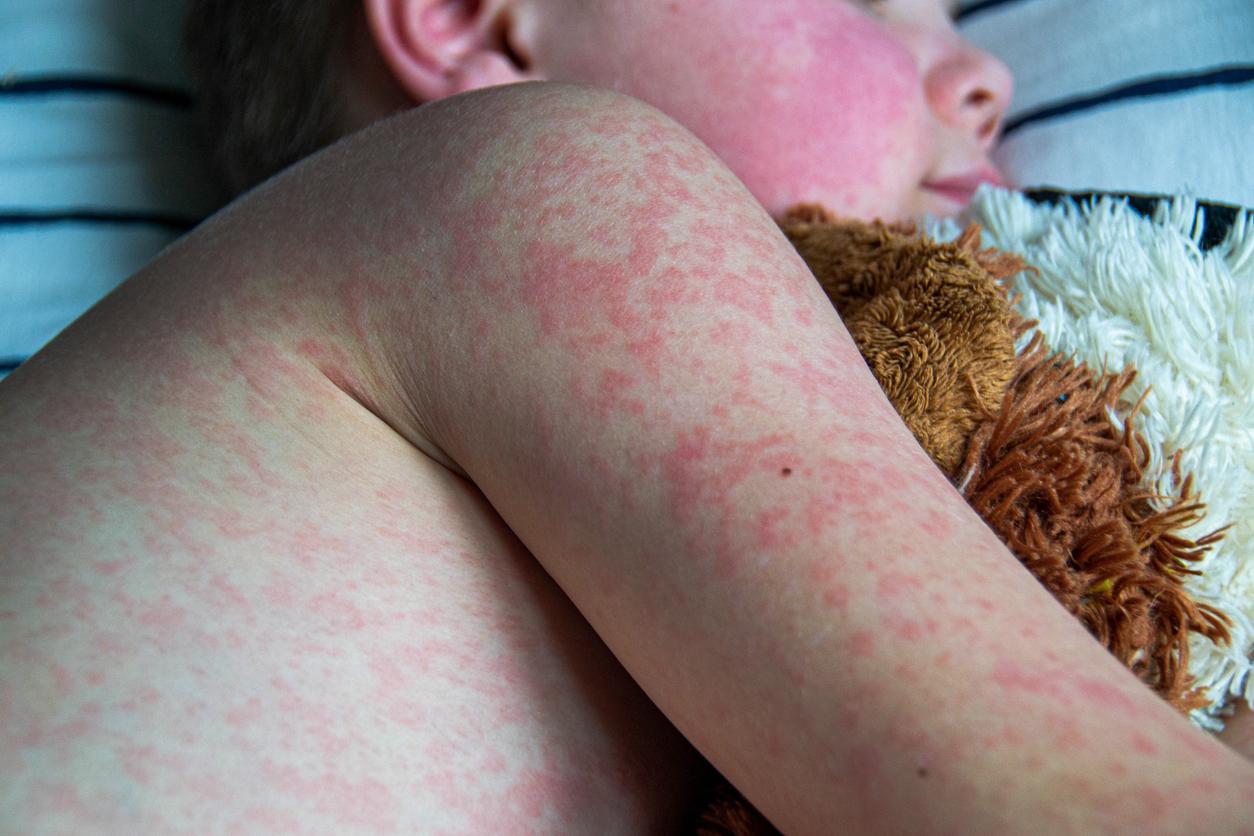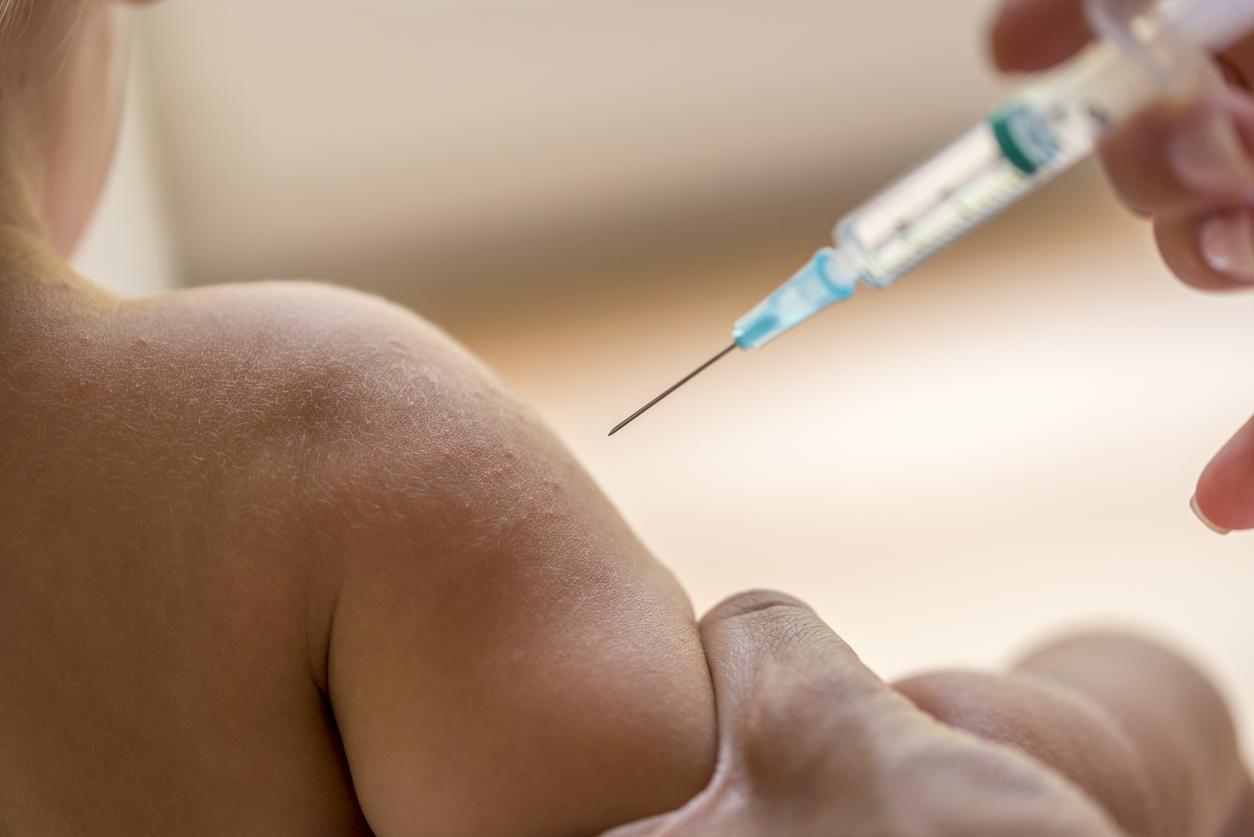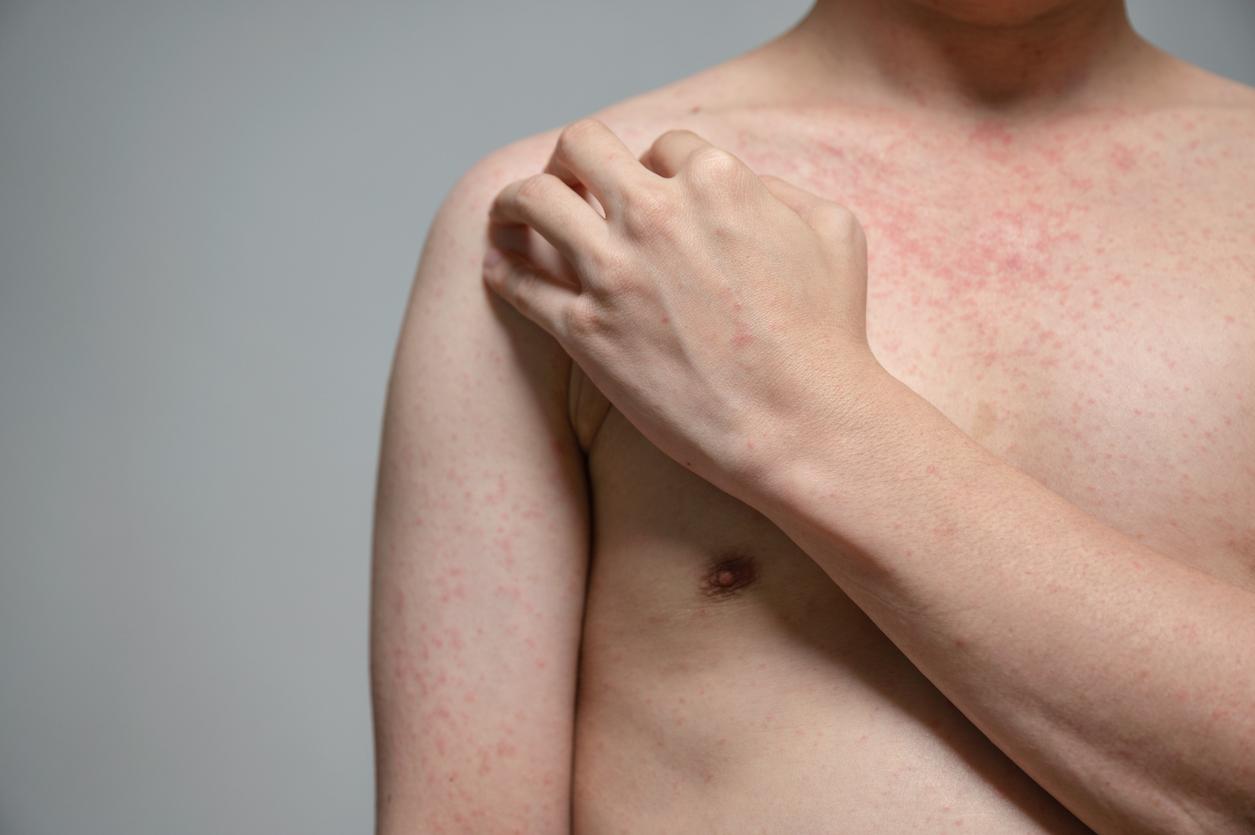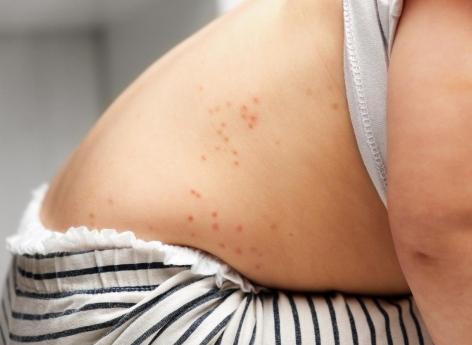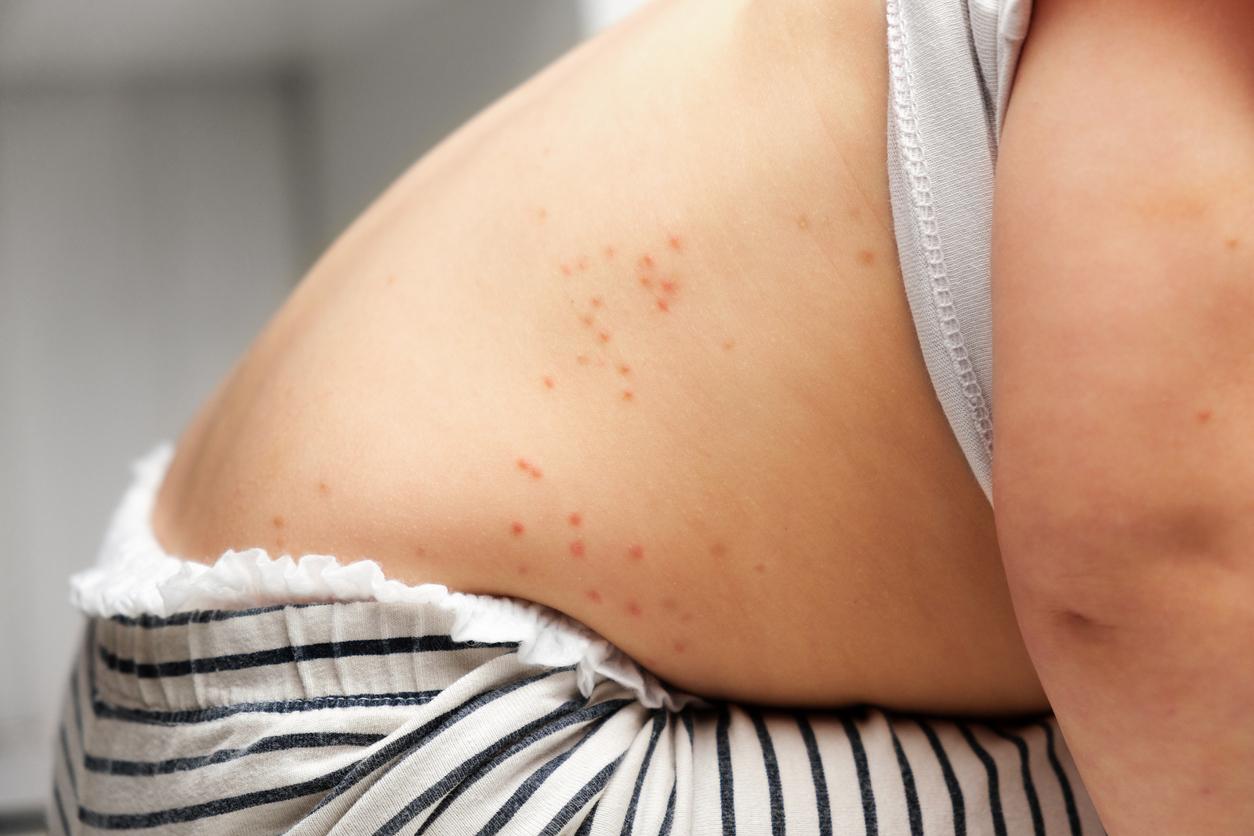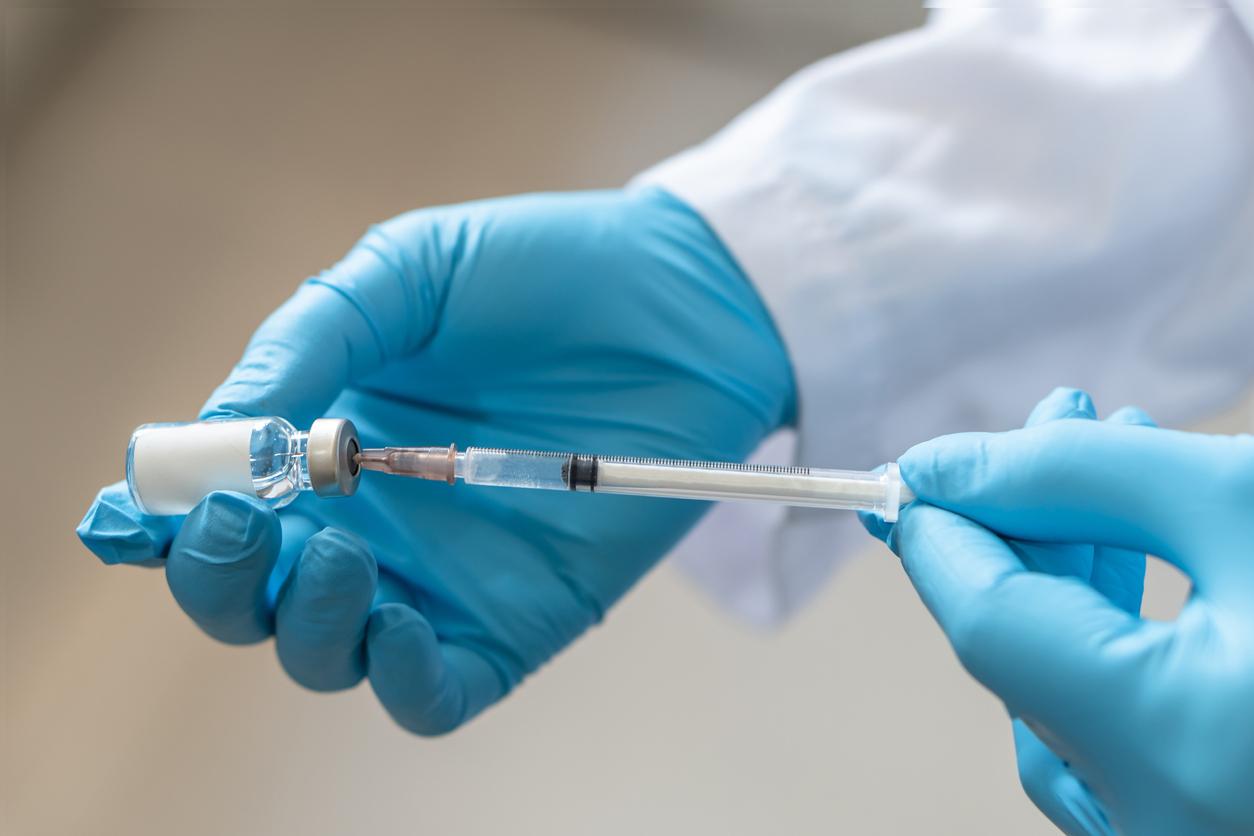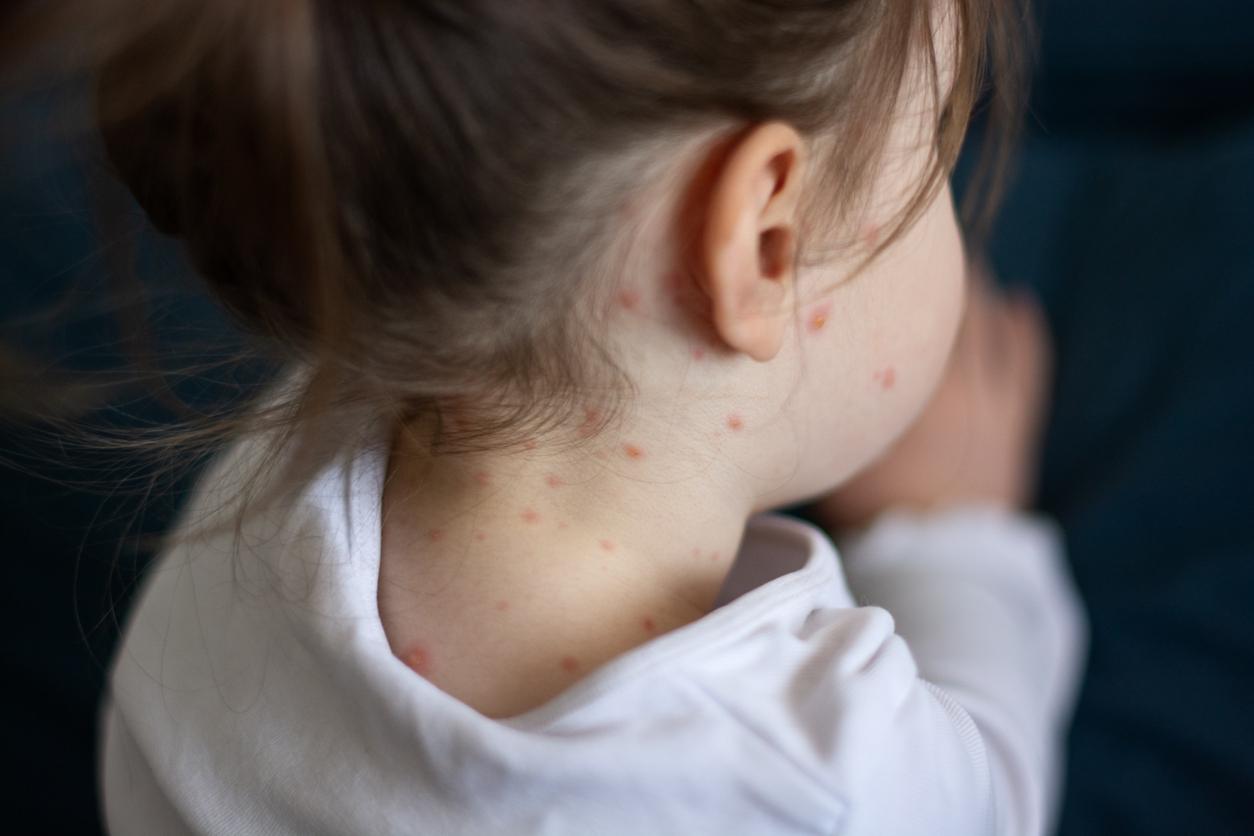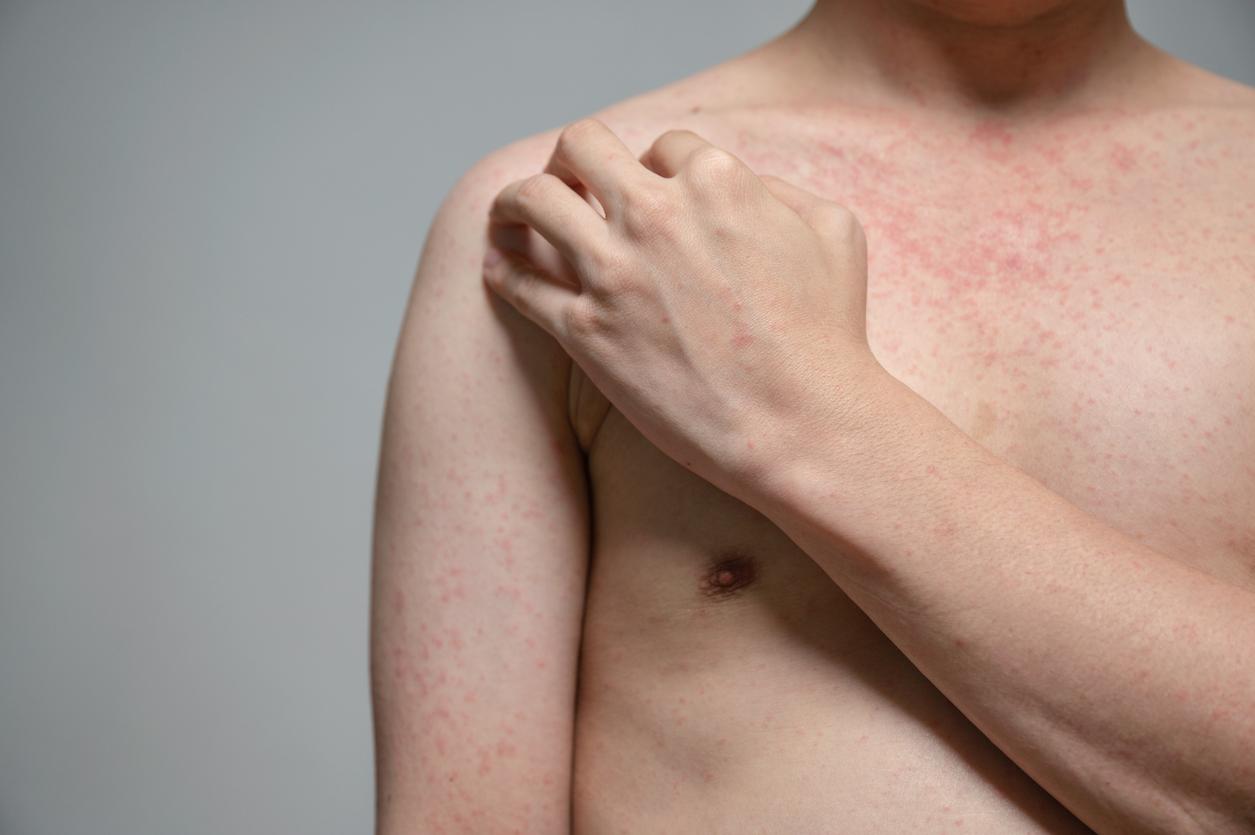Too many French people are not protected against measles, mumps and rubella. The 10-29 year olds are the most vulnerable, reveals the BEH. And the risk of an epidemic persists.

Unlike the United States, France has not yet succeeded in eliminating measles from its territory. And the risk of epidemics of measles but also of mumps persists. This is what emerges from the two national surveys 2008-2010 published this Tuesday in the Weekly epidemiological bulletin. “The proportion of subjects receptive to measles, mumps and rubella among the under 30s remains high in France, allowing the occurrence of epidemics of measles or mumps”, alert the researchers of the Institute for Public Health Surveillance.
A strengthened vaccination policy
The previous seroprevalence survey dated from 1998 and already showed the vulnerability of children and adolescents to these three childhood illnesses. To stop the circulation of these three viruses, the health authorities have taken measures: lowering the age of the 2th dose of MMR vaccine at 13-24 months and catch-up vaccination for people born after the 1980s. The goal to be reached in 2010 was clear: that only 15% of children under 5 years old should be receptive to the disease. measles and rubella. In other words, 85% are protected from the disease thanks to vaccination or because they have naturally produced antibodies by having been in contact with the disease. For 5-10 year olds, the target was set at 10% and for over 10s, at 5%. It remained to be seen whether these measures had borne fruit and the goal achieved.

The 10-30 year olds, the most vulnerable
Overall, the vaccination policy has worked for children under 10 years old. But between the ages of 10 and 30, too many people are still vulnerable to these diseases. Indeed, more than 20 years after the introduction of the trivalent MMR vaccine, there is “a still too high proportion of susceptible subjects among those under 30”, analyze the authors of the BEH. Between the ages of 10 and 29, more than 7% of French people have no measles antibodies. For rubella, this rate rises to more than 8%. The objective of less than 5% of vulnerable people has therefore not been reached. And it is the 20-29 year olds who are the least protected. However, they are also young parents.
Finally, seronegativity vis-à-vis mumps, in other words the fact of having no antibodies against this disease, was more frequent at any age than for measles or rubella. This confirms that the mumps vaccination is less effective than the others. This mixed review must be tempered. INVS experts believe that following the measles epidemic and the expansion of vaccination catch-up, the situation in 2013 should have improved further, and the threat of epidemic a little postponed.
.







